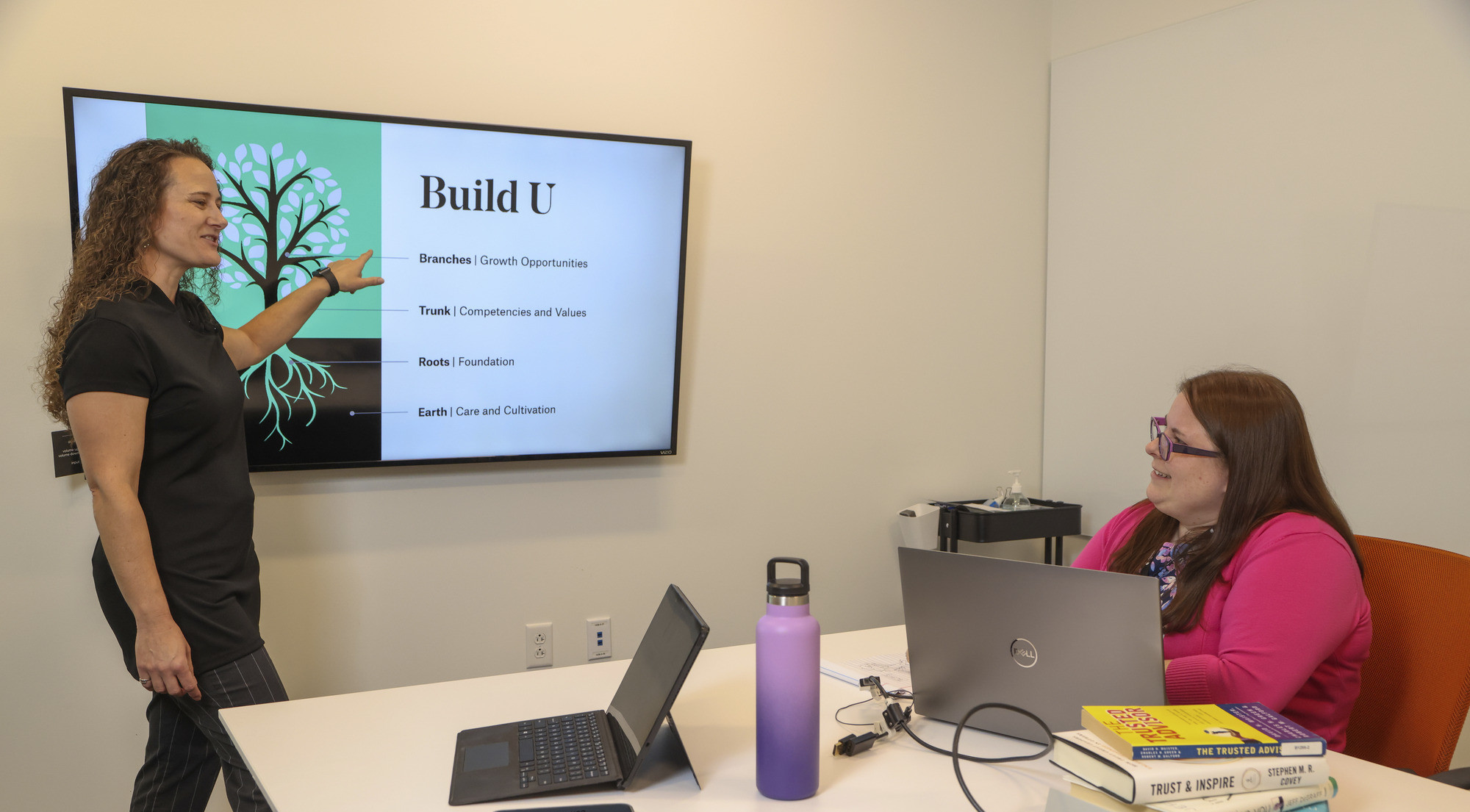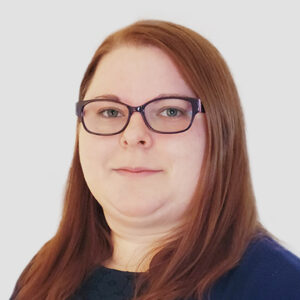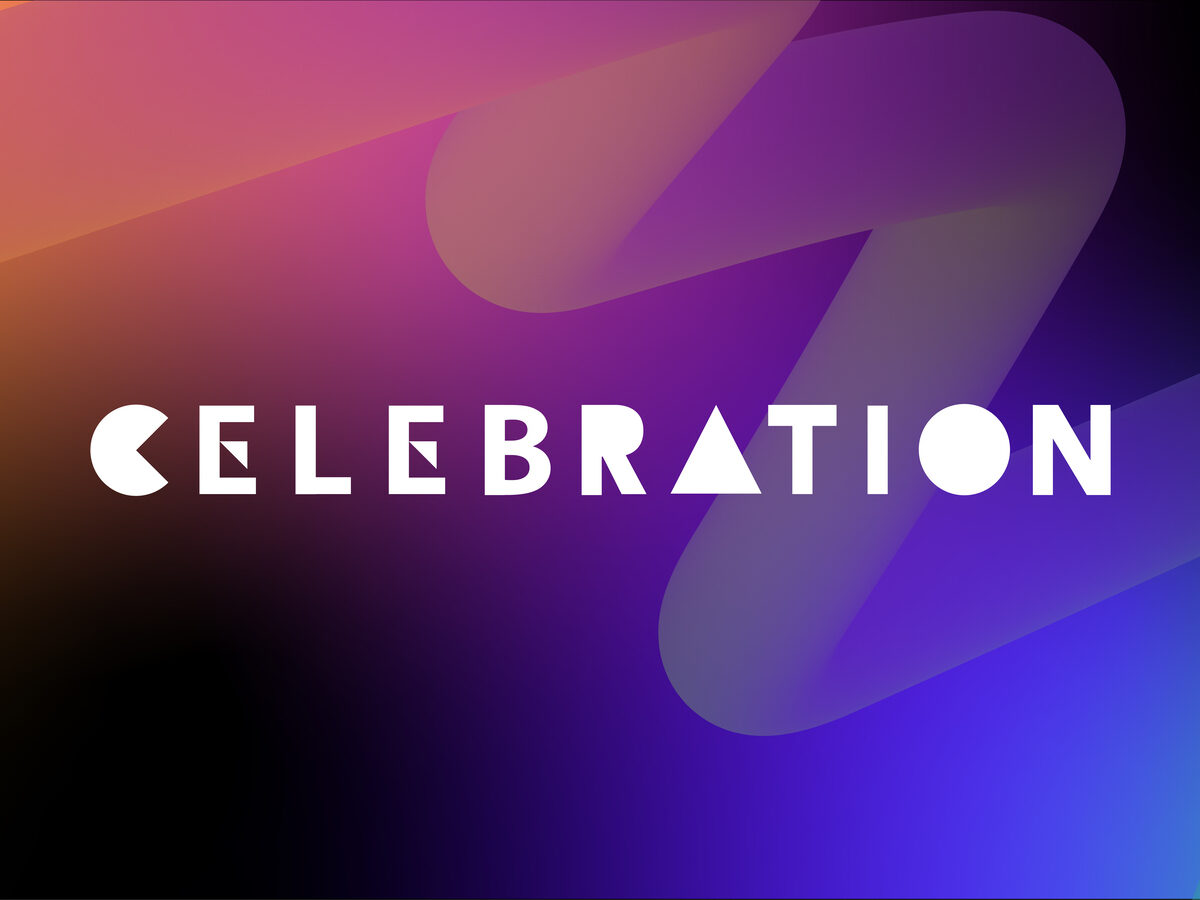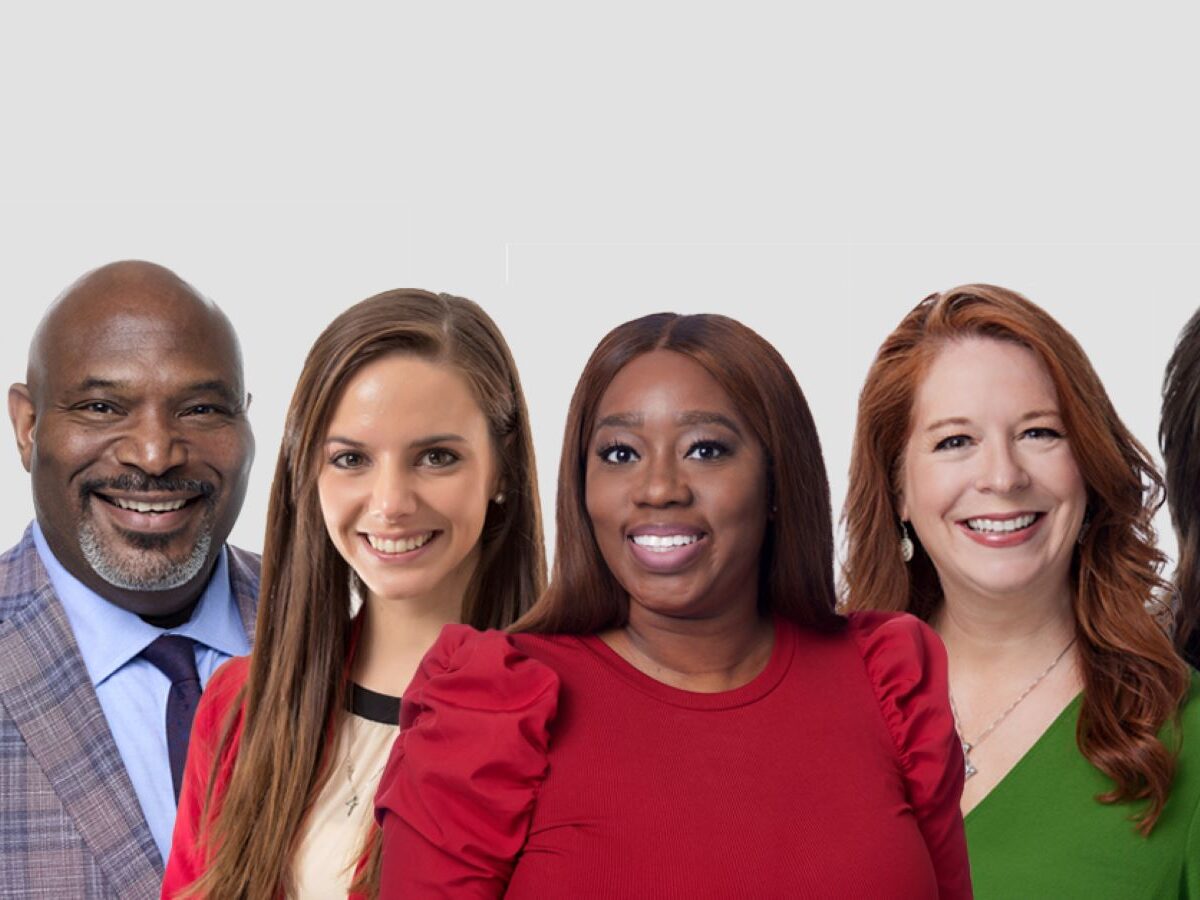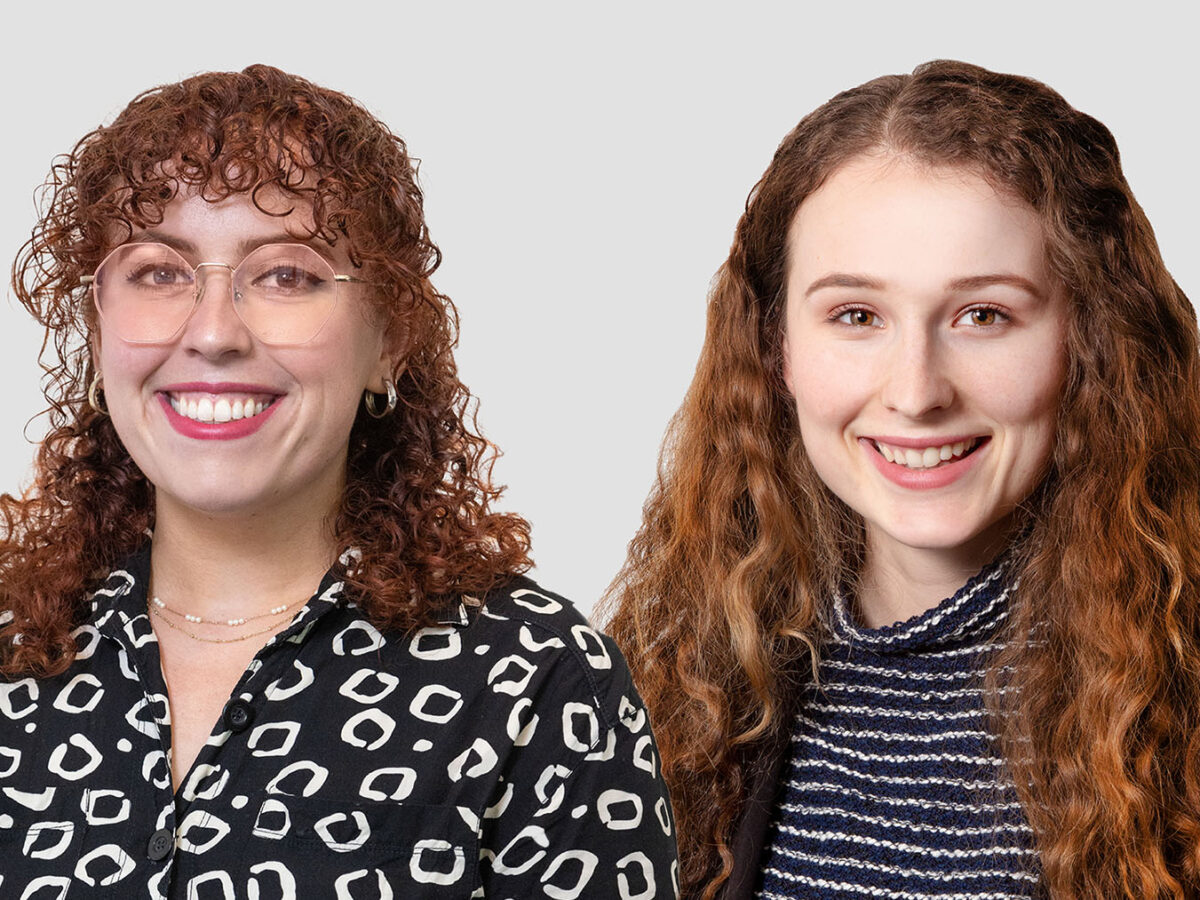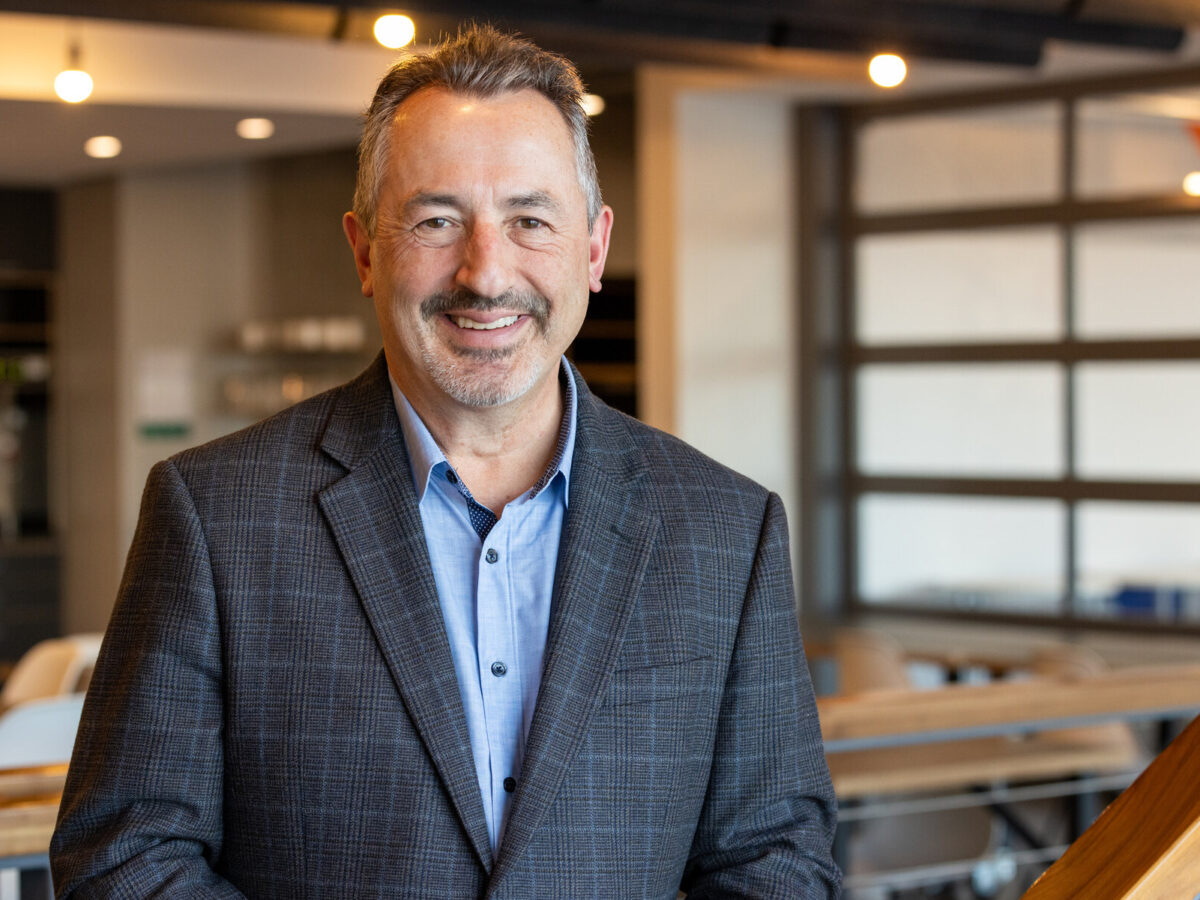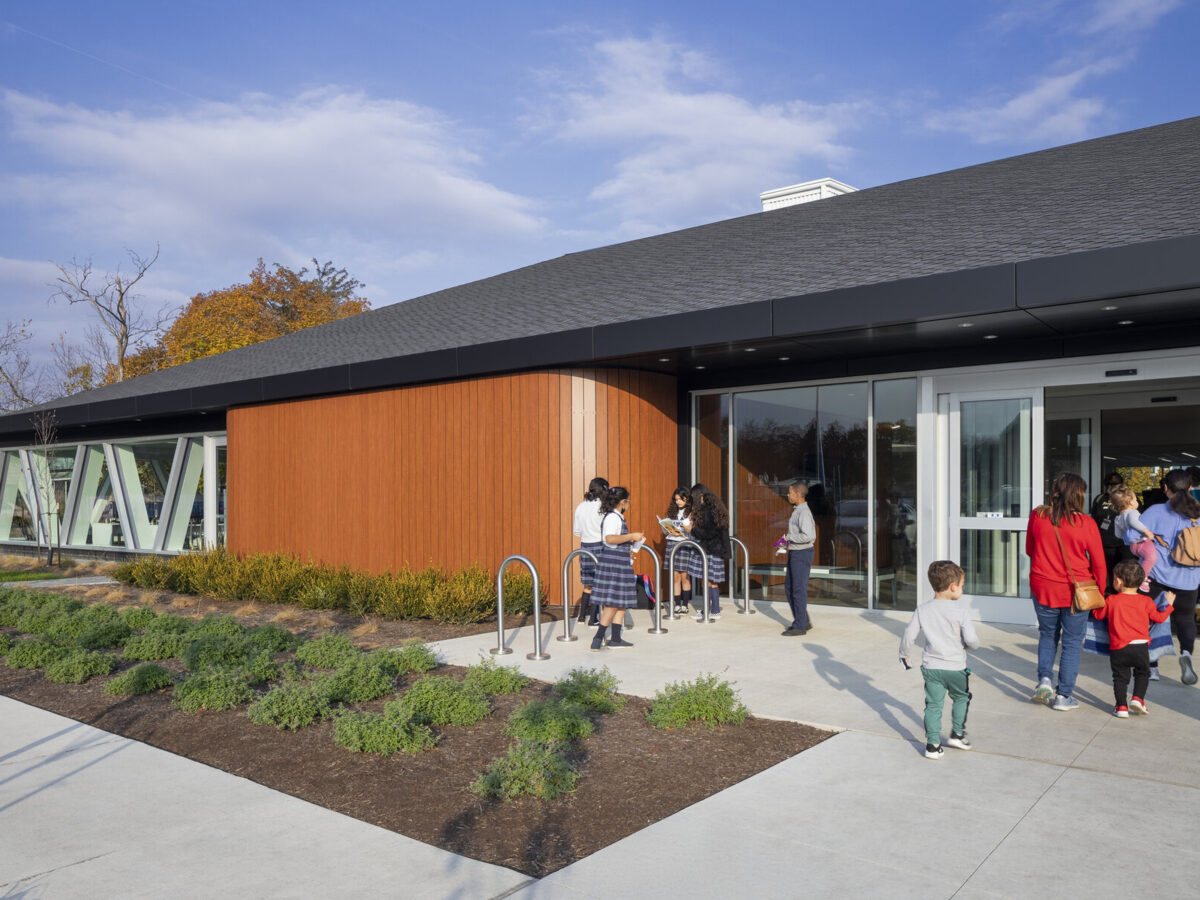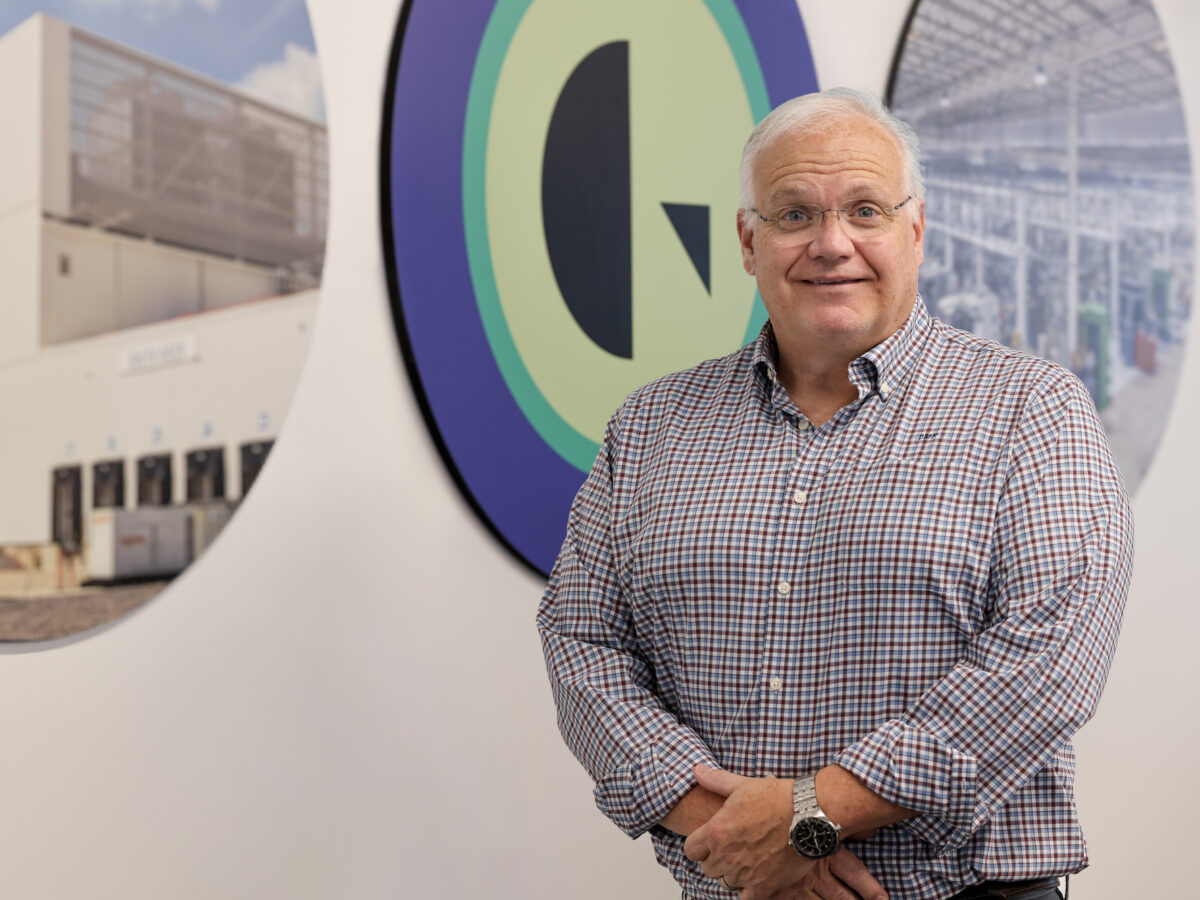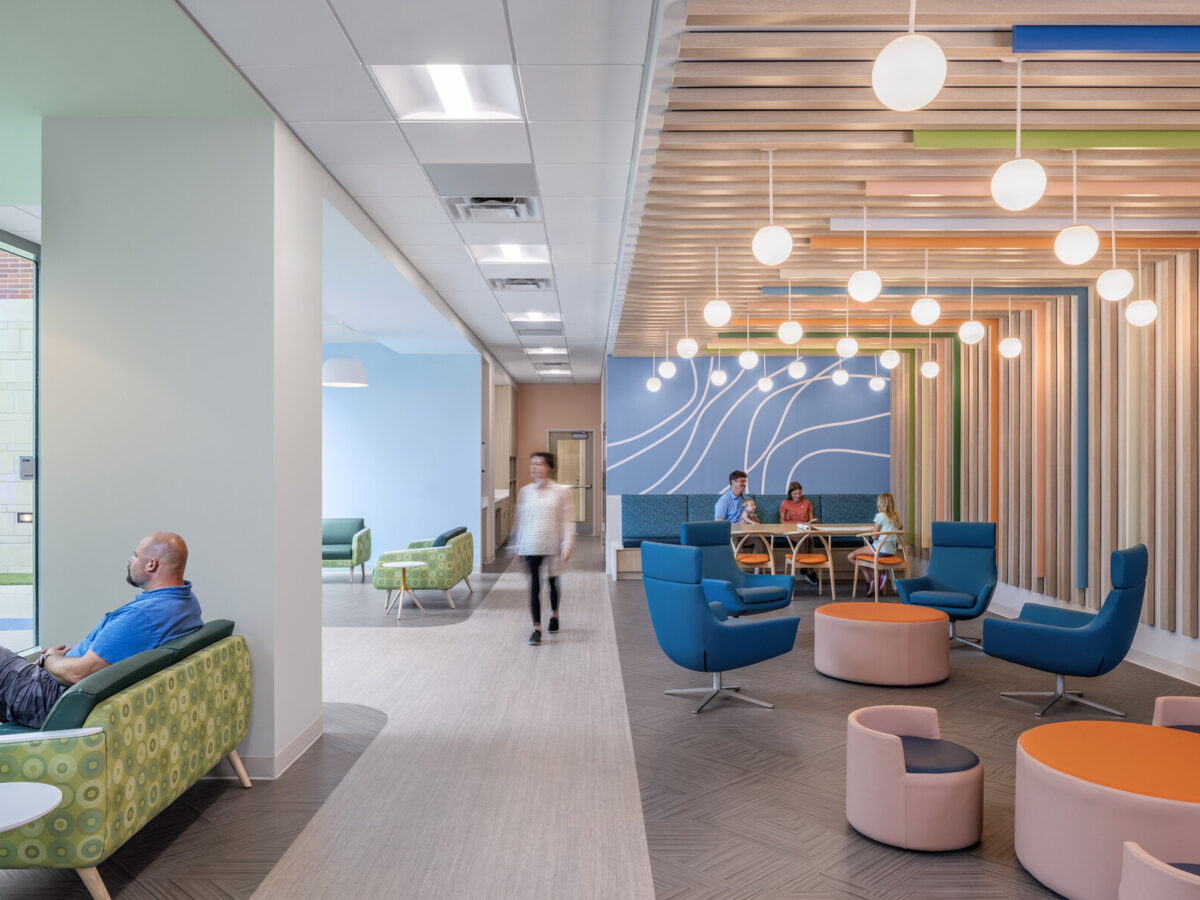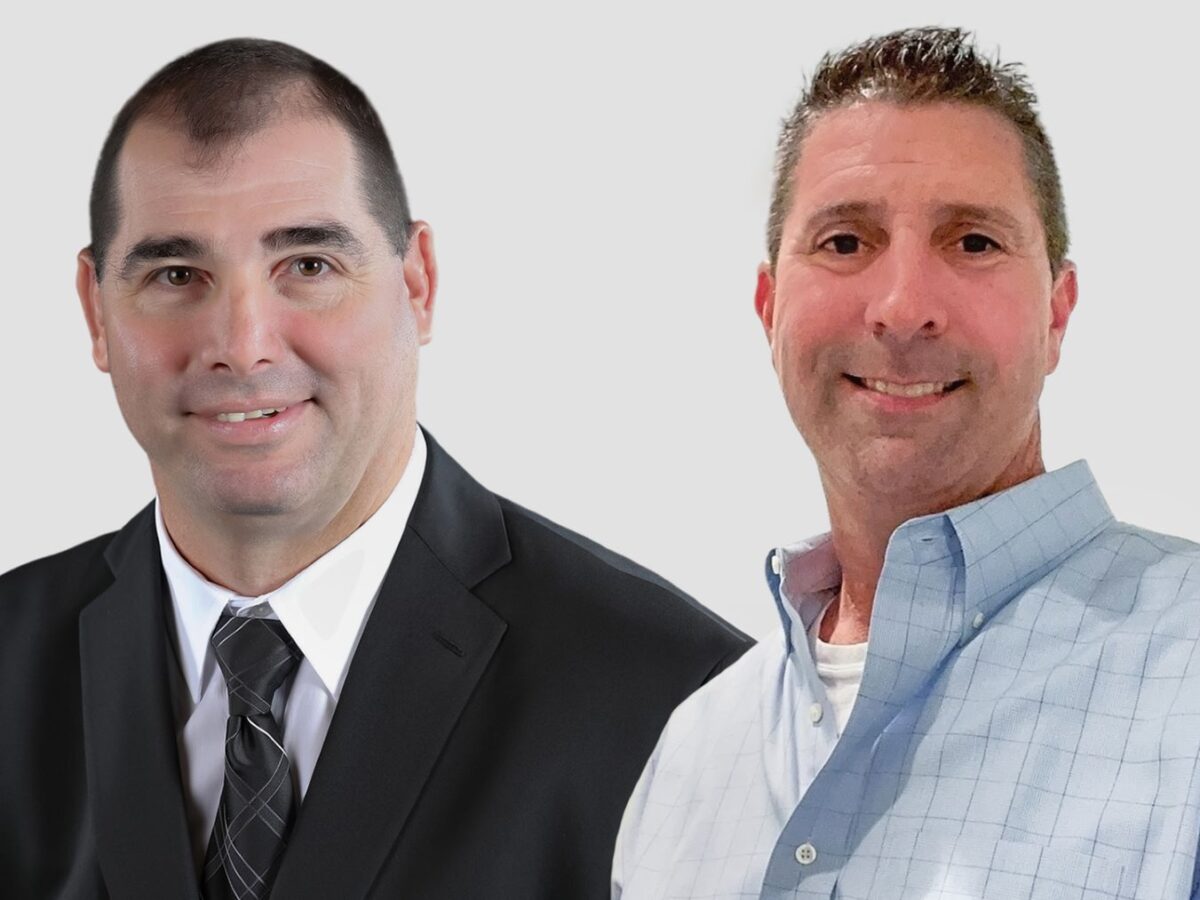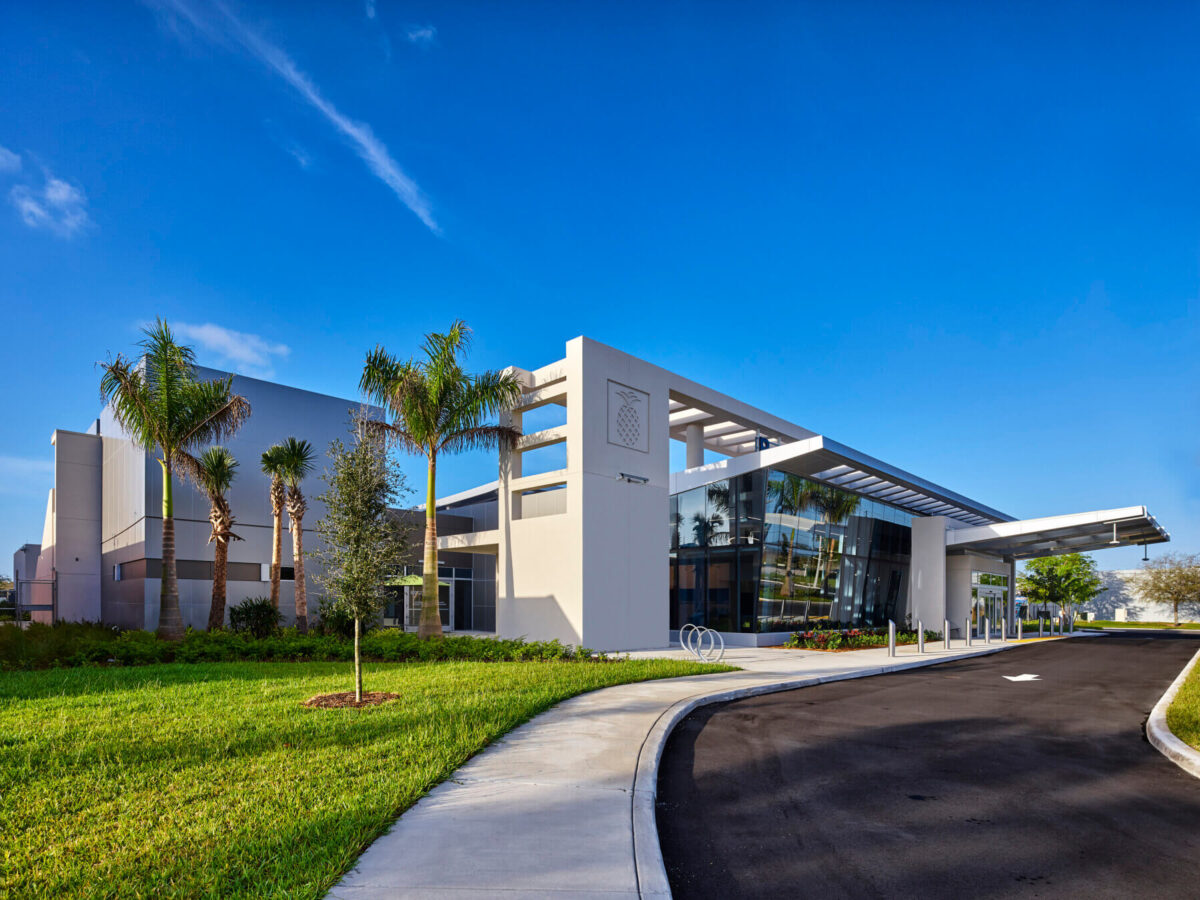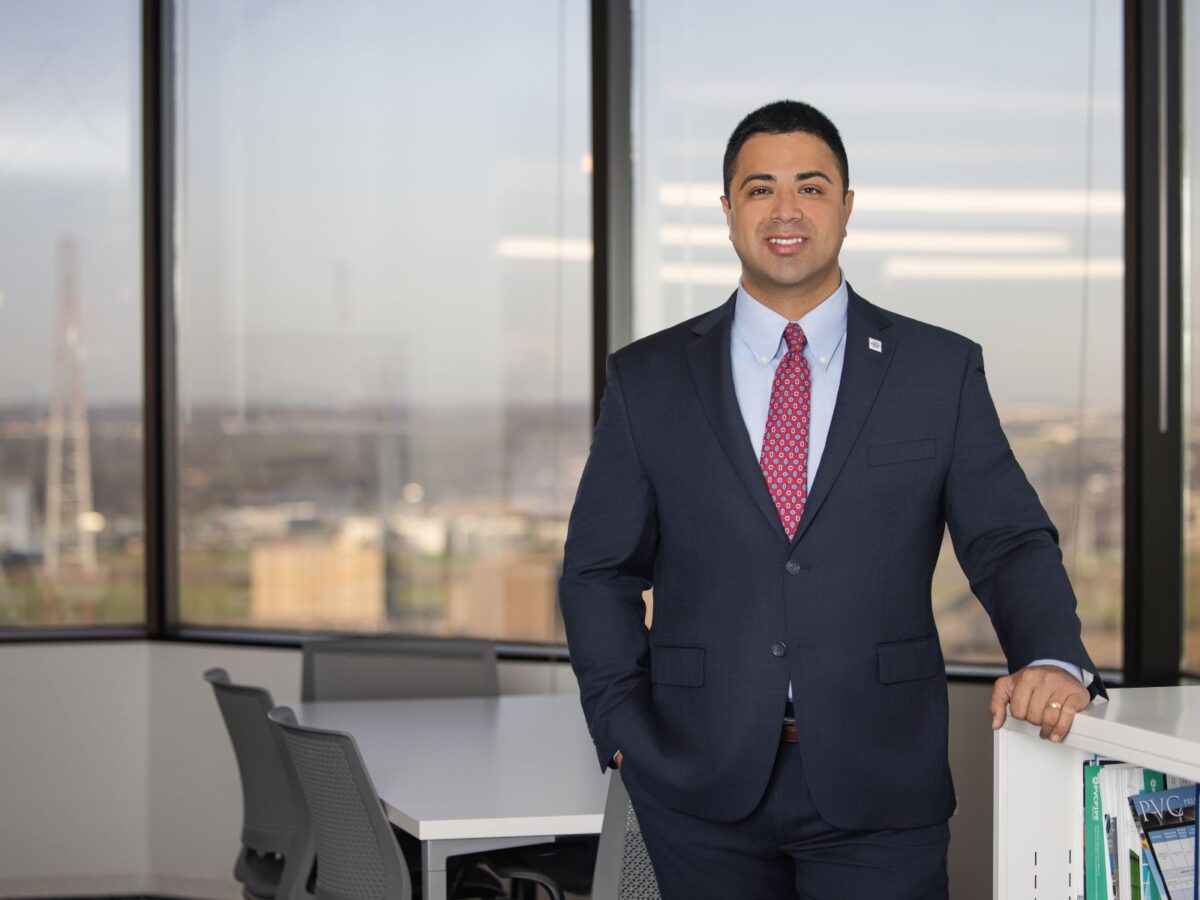Inclusive. If you look up the word in the dictionary, you’ll find that: a) it’s an adjective, and b) it has numerous definitions. In the context of diversity, equity, inclusion and belonging, perhaps one of the most on-target definitions of inclusive is: Something that doesn’t leave out any person, part or group.
In the spirit of that definition, Gresham Smith formed four Employee Resource Networks focused on specific areas that matter most to our employees—IMAGE (Inclusive Multiculturalism for Advancement Growth and Equity); LGBTQ+ Alliance; Women’s ERN; and Parent/Caregiver—as part of our Diversity, Equity, Inclusion & Belonging (DEIB) program. Our DEIB commitment extends to creating a more inclusive learning environment for all of our employees.
We recently sat down with Sara Rayman, Gresham Smith’s Learning & Development Manager, and Becky Graham, the firm’s Instructional Systems and Content Designer, to discuss inclusive learning and what it means to Gresham Smith.
How would you describe inclusive learning to someone who’s not familiar with the term?
Becky Graham: Inclusive learning is tailoring your instruction to reflect and serve your full audience. It involves everything from keeping other people’s cultural differences in mind when you’re selecting names or images for learning materials, to how you present the material itself. For example, is it a live presentation? Is it recorded? Are you considering language barriers when planning all these things out?
Inclusive learning also includes accessibility needs. If it’s a slide presentation, for instance, does it meet accessibility standards in terms of color contrast? Many learners who can distinguish between different colors still have trouble if there isn’t enough light/dark contrast between the text and the background.
If it’s a training video, are closed captions or a transcript included? We know that transcripts and captions are important, and that is a gap we’ve identified. So, we’re working on ways to include closed captions on our videos and hope to roll that out soon.
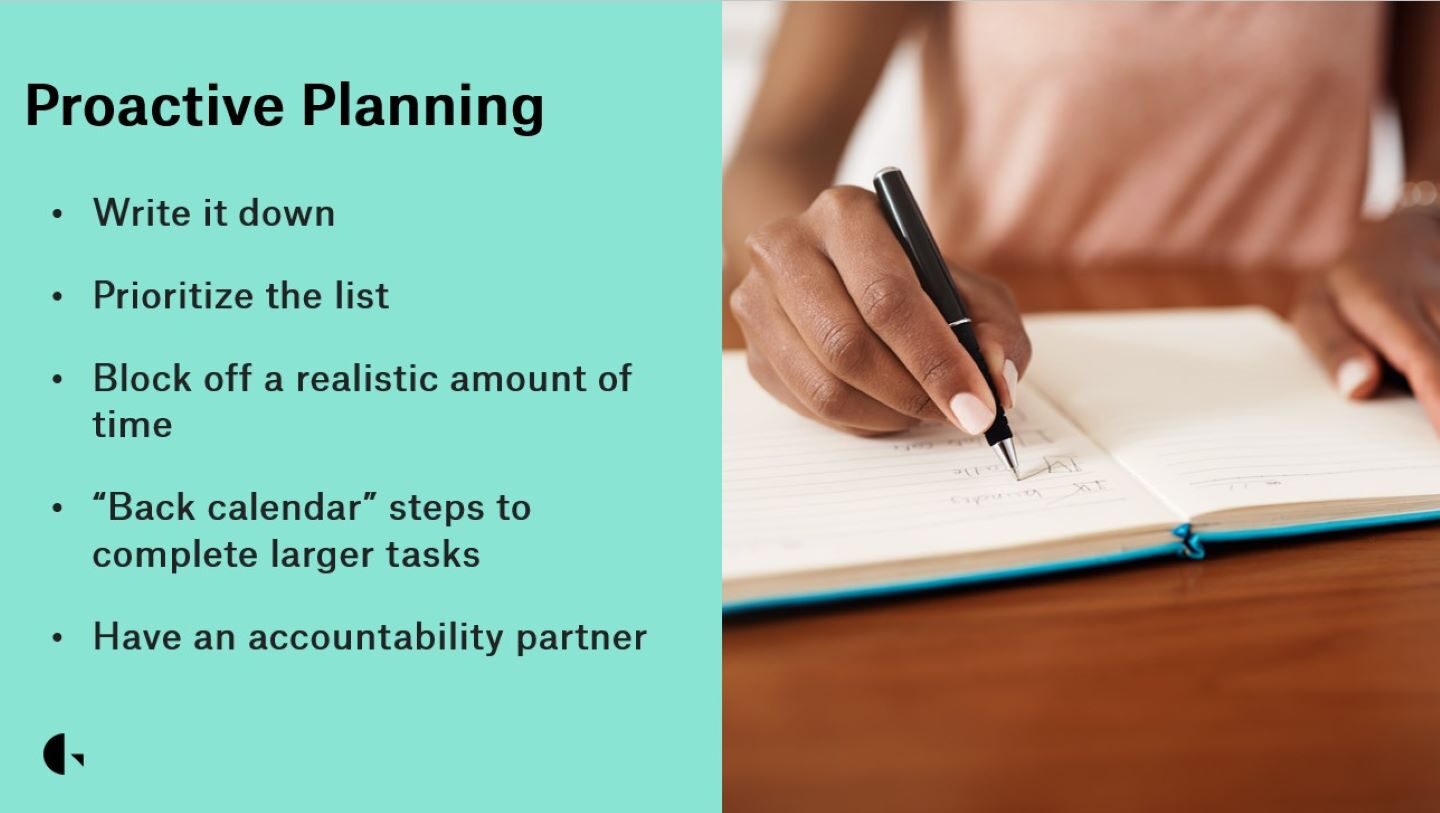
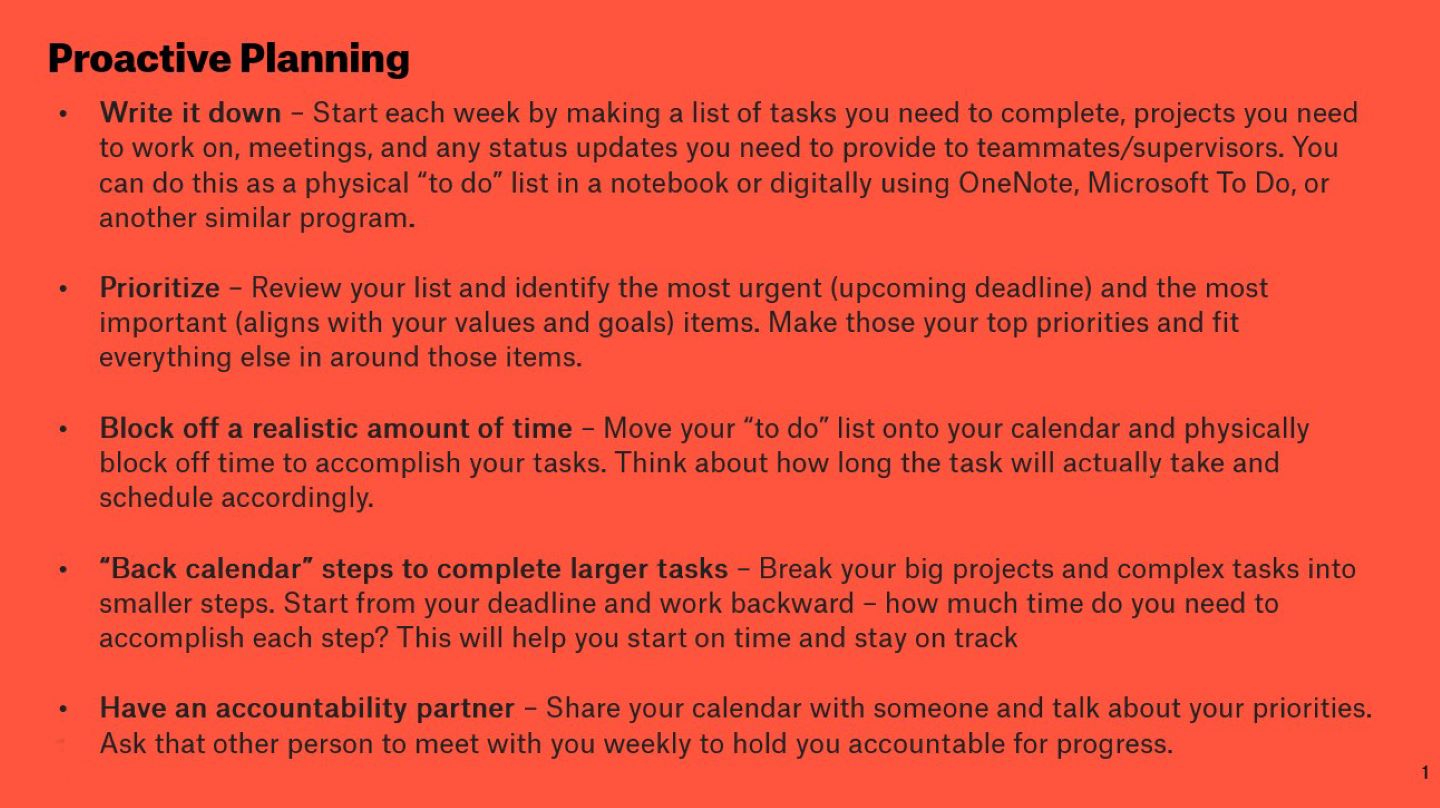
The slide on the left meets accessibility standards. The text is the recommended size—24+ for the body, 36+ for the title—and there are just five brief lines of text, making it more digestible to the reader. There is a clear visual representation of the concept, and the color contrast meets accessibility standards.
The slide to the right is cluttered with too much text that is also too small. Additionally, it doesn’t meet color-contrast requirements and may cause eye strain or be difficult to read for those who are color-blind or have low vision. Finally, there is no visual representation of the concept.
Why is inclusive learning important in general, and why is it important to Gresham Smith?
Sara Rayman: Inclusive learning is important because it respects diversity, removes barriers and considers a variety of learning needs and preferences. Put simply, it’s the antithesis of a one-size-fits-all approach to learning. For example, those who need material presented in a certain way, whether it’s because they have a particular learning style or a different learning ability, are given an equal playing field in a culture that promotes inclusive learning. Even those who may not have specific needs still benefit from a richer and broader learning experience.
We have actually been incorporating inclusive learning strategies at Gresham Smith for a while now, but there’s more that we can do and we want to raise the bar on that. It’s something that truly matters to the firm—not only because it reflects good educational practice, but also because inclusive learning reflects our company culture and Core Values as well as our beliefs in diversity, equity, inclusion and belonging.
It shows who we are through the lens of learning. We’re a company that genuinely cares about all of its employees. I also think it gives the firm an edge because it takes special attention and investment to make sure we’re rounding out the picture for inclusive learning, especially on the accessibility side. Not every company does that.
“Inclusive learning reflects our company culture and Core Values as well as our beliefs in diversity, equity, inclusion and belonging.”
What is Gresham Smith doing to create a more inclusive learning environment?
Sara: We’re doing a number of things. Because different people have different learning and social styles, we offer various learning modalities—from live in-person training and live virtual training to online recorded webinars and online self-directed interactive learning.
We’re also improving accessibility options within the firm’s Build U Campus Learning Management System (LMS) and within course content as well—using inclusive design elements for proprietary content—and looking at both current and preexisting materials in terms of accessibility. For example, color contrast, font size, font style, keyboard navigation, alternative text and other fundamentals.
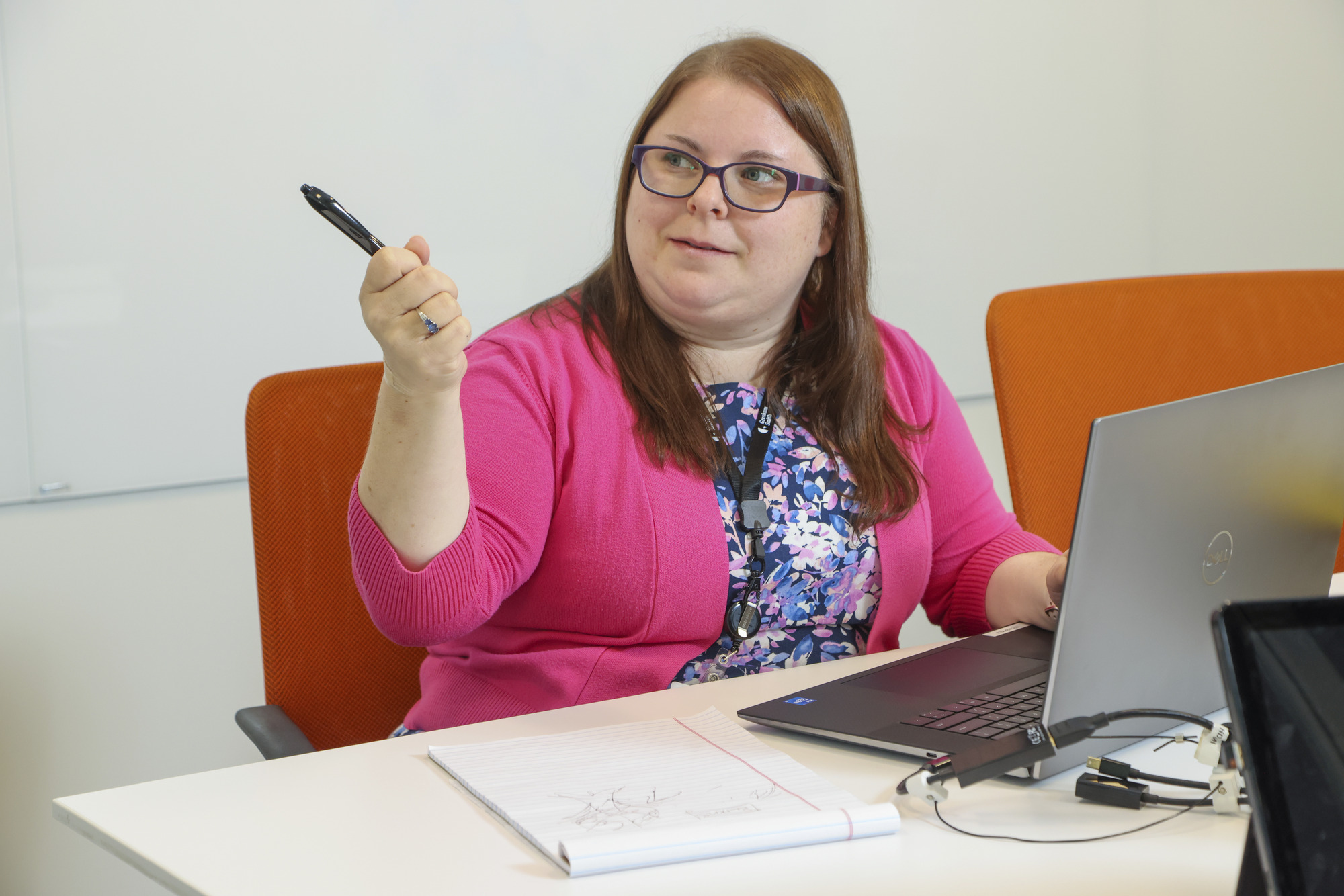
That’s just one of the reasons we’re so glad to have Becky Graham on board. Along with supporting our Build U Campus LMS, she has a special interest in accessibility issues and a dedication to increasing the accessibility of the training we offer. She has already started making an impact on improving resources for the firm to ensure availability for everyone.
I think it’s important to note that the push to expand inclusive learning at Gresham Smith extends beyond Learning & Development’s efforts and into the practice side of the firm. For example, Brett Hart, who’s a senior structural engineer in Gresham Smith’s Building Engineering market, has a passion for training people with diverse learning styles and is currently working on different ways to present technical materials to his market so the content engages his staff and truly resonates with them. I caught up with Brett the other day, and he had an interesting perspective on inclusive learning:
“Finding a way to best teach individuals with diverse needs takes a lot more than just an acknowledgment that people are different. That’s why it’s so great that Gresham Smith is thinking about ways to make teaching more inclusive—thinking about: How can we explain more effectively? How can we leverage each person’s natural way to learn? How can we be more empathetic to an audience? What role can technology play in knocking the socks off an audience? How can we make our precious time spent learning more fun and more interactive?
“Appreciating that the folks in my market might prefer a verbal explanation or a movie clip, or to just jump in and learn by doing, has made me a more successful teacher. It’s so important to seek ways to make your message more compelling and more memorable. And you do that by learning how your audience likes to learn.”
Insightful thoughts, as you can only make informed teaching decisions when you truly understand your audience. And that means taking the time to learn about their individual needs, challenges, pain points and goals.
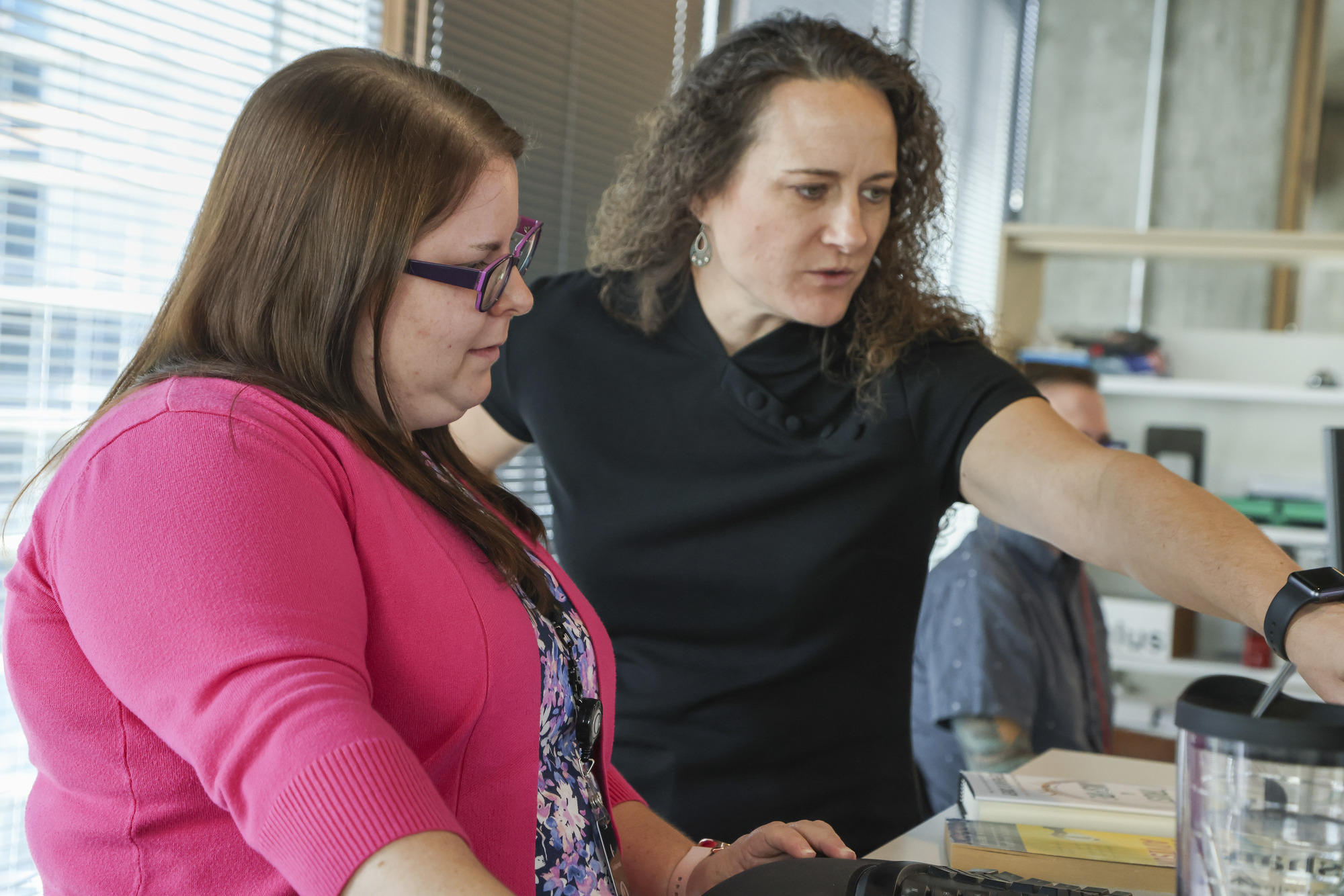
Along with accessibility, how does the Learning & Development team plan to further expand the inclusivity of their content?
Sara: We’re working on expanding the language and examples used to make the DEIB connections within Gresham Smith’s leadership development program “Way to Lead” even stronger.
The program has numerous diversity, equity, inclusion and belonging concepts weaved throughout it, such as diversity of thought, unconscious bias, and social/communication styles. We’re also seeking learner feedback in terms of what formats and content Gresham Smith employees need, what works best for them, and what doesn’t.
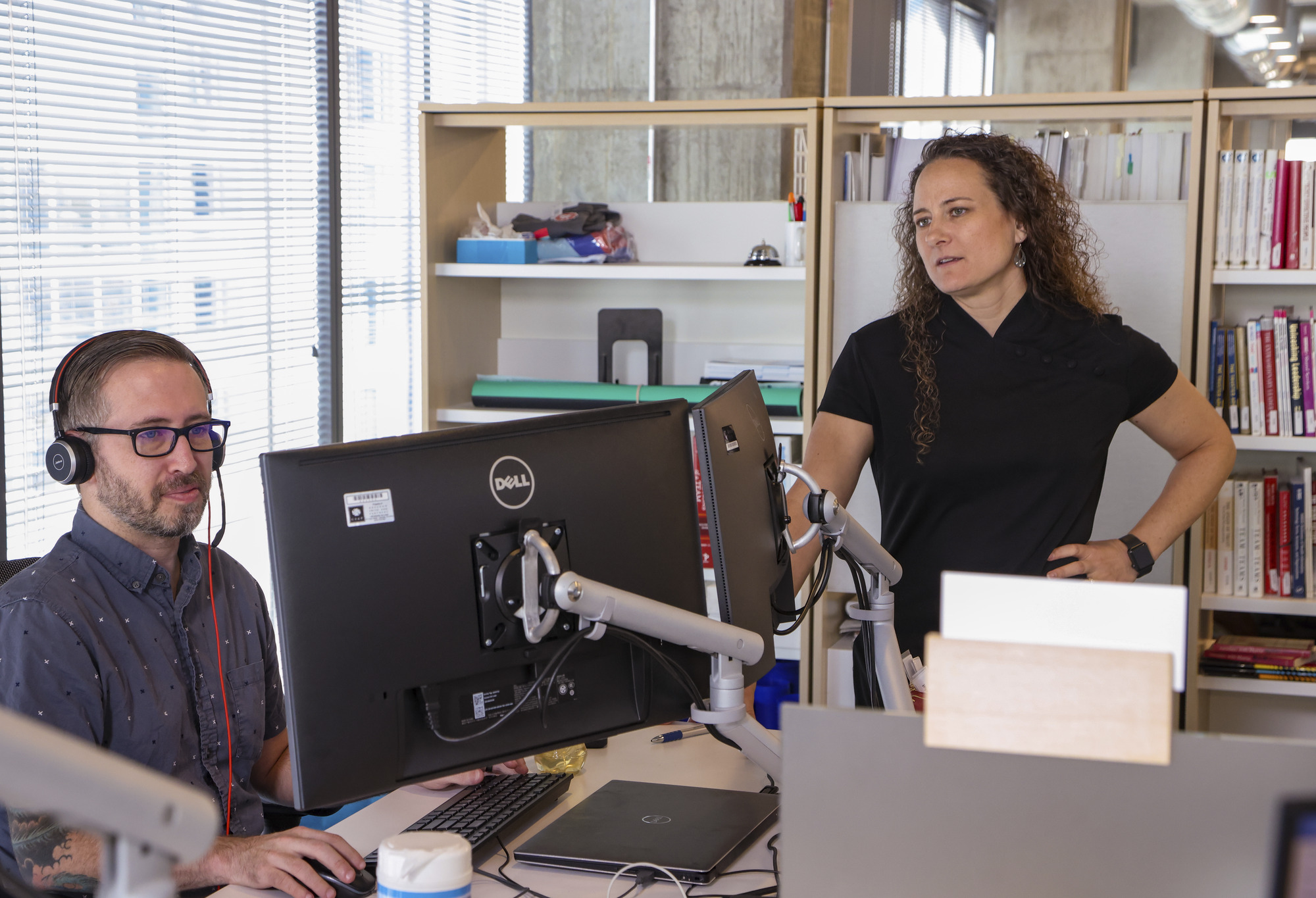
“It’s so important to seek ways to make your message more compelling and more memorable. And you do that by learning how your audience likes to learn.”
What can others do to make learning more inclusive?
Becky: Be intentionally inclusive in both the words and the images you use in your materials. Also, learn about and incorporate accessibility basics such as color contrast, font choices, alternative text and so on. And talk about your process with others. Point out the accessibility features you’ve included and how you arrived at choosing certain images or names.
It’s also important to mention the various modalities available—let those who are the most impacted see that you’ve thought of them and their needs, and help others to start thinking about the basic steps they can take to do the same.
Sara: And that’s the overarching message our Learning & Development team is imparting to the folks at Gresham Smith who instruct and facilitate our training classes. Each member of our team is constantly challenging themselves to think holistically about the learning support we provide to the firm, similar to what our practitioners do for our external clients.
We want to be sensitive to everyone’s needs and offer solutions that help build value with our employees, our clients, and ultimately, the communities we live in.
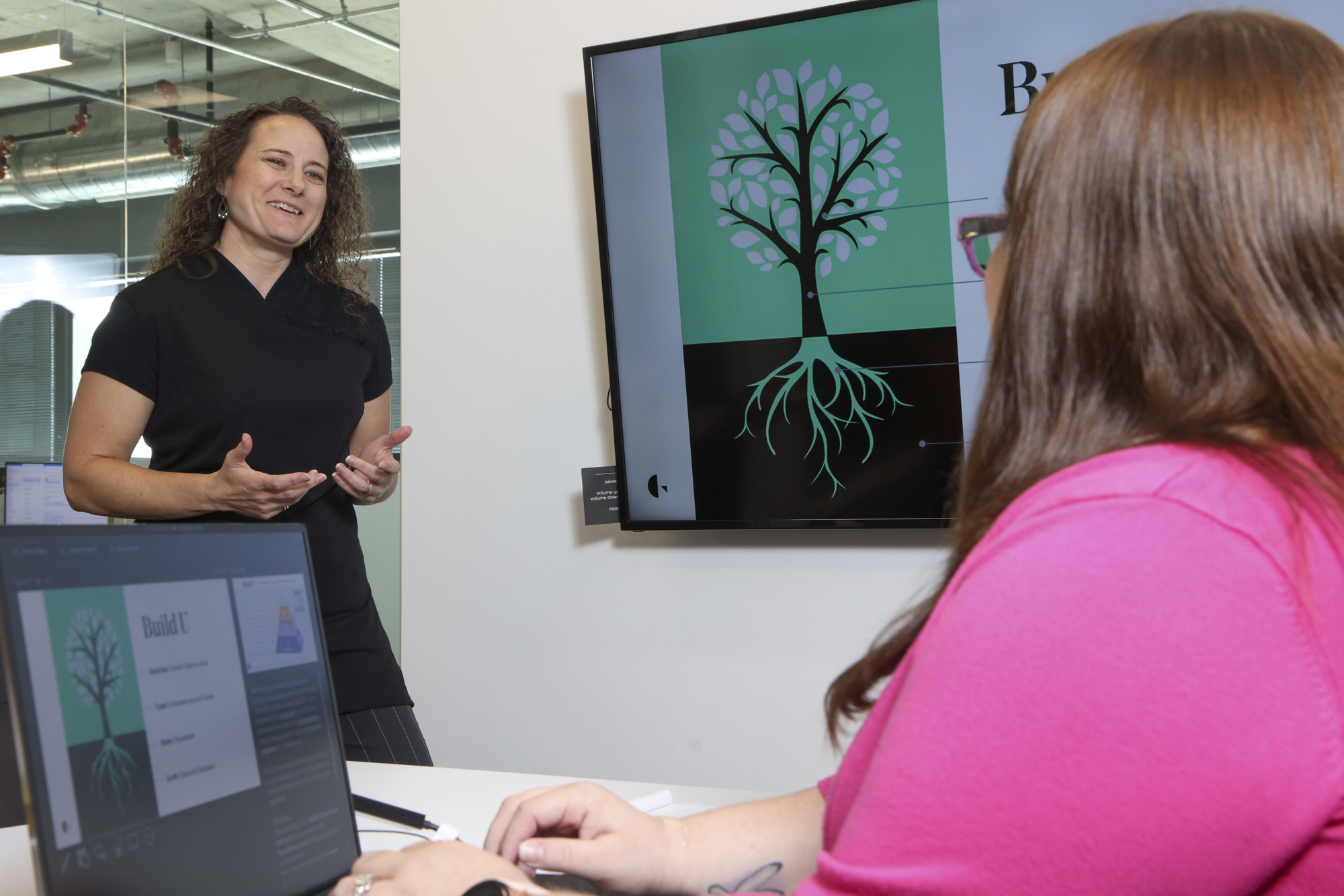
At the end of the day, we’re taking all the steps we can to enhance our learning approach at Gresham Smith so it’s inclusive, while at the same time figuring out what else can we do going forward.
As the ancient Chinese proverb says: “A journey of a thousand miles begins with a single step.” And while we’ve taken quite a few steps to date, there’s obviously much time, planning, guidance and strategy involved in meeting the needs of all learners. So, in many ways, we’re just beginning our inclusive learning journey. But I feel confident and excited that we can accomplish our goals by taking things one step at a time.
*This blog post meets Web Content Accessibility Guidelines (WCAG 2.1)
